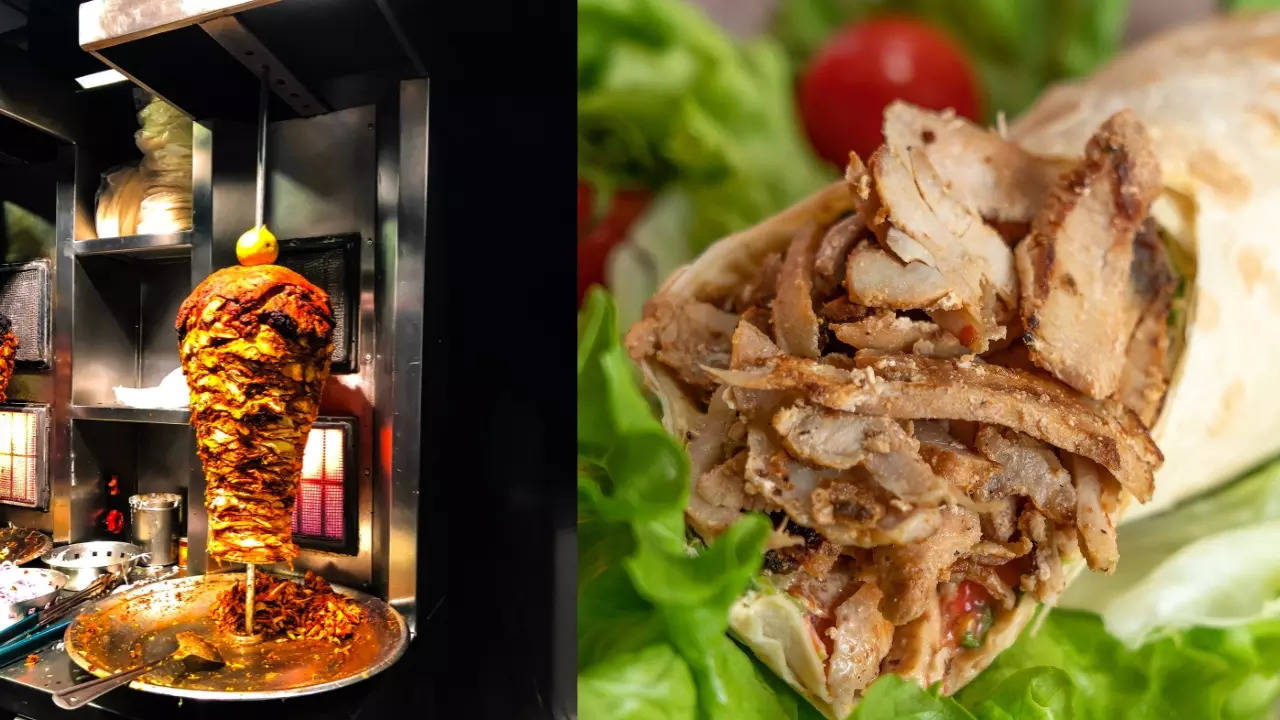
MAN DIES OF SHAWARMA POISONING: WHAT MAKES ROLLS AND WRAPS SO DANGEROUS
The recent death of a 19-year-old youth from Mumbai who ate a roadside Shawarma has again sparked debate about the dish, which is prepared by slowly roasting chicken meat that’s not cooked properly at times. It is one of the most popular street food along with Rolls, and is enjoyed worldwide. We spoke to a Delhi-based gastroenterologist Dr Ravinder Pal Singh, Padma Shri Nominee 2022, Director - Healthy Human Clinic, Pitampura who threw light on how this could have happened. Here’s all you need to know about it.
READ ALSO: McDonald’s and Theobroma in trouble as two people fall ill after consuming Burger-Fries & Cake
Understanding food poisoning
Food poisoning, also known as foodborne illness, occurs when contaminated food is consumed, leading to symptoms such as nausea, vomiting, diarrhea, abdominal pain, and fever. Bacteria, viruses, parasites, and toxins are common culprits of food-borne illness, with improper food handling, storage, and cooking often playing a significant role in contamination. Explaining the kind of food poisoning caused by eating spoilt or bad foods Dr Singh told, “Food poisoning is of 3 types, one is which is caused within 2-3 hours. The other one is caused by foods eaten 2-3 days ago and the last one is, in which spoilt food is cooked with spices and chutneys, which doesn’t taste bad but is poisonous to human beings and can even lead to death. In cases of Shawarma, there’s a high chance that the bad bacteria might already be there in the meat. Also, if the meat is unclean, the bacteria can easily cause food poisoning, while the chutneys given along with this dish may have some preservatives that can further aggravate the issue.” Also, some shawarma preparations may contain high levels of sodium, particularly if the meat is heavily seasoned or marinated with salty ingredients. Excessive sodium intake can contribute to high blood pressure, fluid retention, and other health issues, especially in individuals with certain medical conditions like hypertension.
READ ALSO: 56% diseases in India linked to diet. ICMR warns against protein supplements The risk factors
While Shawarma and Rolls can be delicious and satisfying, the meat fillings pose certain risks for food-borne illnesses if not handled and prepared properly. Several factors contribute to this risk and here’s a list of all of them...
Cross-contamination
Cross-contamination occurs when pathogens from raw meat come into contact with ready-to-eat foods, utensils, or surfaces. In the preparation of Shawarma and Rolls, where raw meat is typically sliced and cooked on a rotating spit, there is a risk of cross-contamination if proper hygiene practices are not followed diligently.
Temperature control
Maintaining proper temperature control is crucial for preventing bacterial growth in meat. If the meat used in Shawarma and Rolls is not cooked to the appropriate temperature or kept at safe temperatures during storage and serving, harmful bacteria like Salmonella, Escherichia coli (E. coli), and Campylobacter can proliferate, increasing the risk of foodborne illness.
READ ALSO: Over 400 Indian food products contaminated with cadmium, pesticides, and fungus: Report Hygiene practices
Hygiene practices in food preparation establishments, including handwashing, sanitisation of equipment and surfaces, and proper storage of ingredients, significantly influence the safety of the final product. Inadequate hygiene practices can introduce pathogens into the food, leading to food-borne illness among consumers.
Sub-standard raw materials
When it comes to rolls and shawarmas, the street kiosks invest in sub-standard flour, leavening agents, meats, and even spices, which when consumed might result in food poisoning and in extreme cases might damage the digestive system. Also, the practice of re-using the leftover or unkept oil can cause major cardiovascular health issues.
To minimise the risk of food poisoning from such kinds of dishes, several preventive measures can be implemented…
Source selection
Choose reputable food vendors and establishments that prioritise food safety and hygiene in their operations. Look for signs of cleanliness and proper food handling practices.
Proper cooking
Ensure that the meat used in Shawarma and Rolls is cooked thoroughly to the recommended internal temperature to kill any harmful bacteria present. Use a food thermometer to verify that the meat has reached the appropriate temperature for safe consumption.
READ ALSO: Karachi Bakery found flouting food safety rules, selling expired products
Hygiene awareness
Promote awareness of proper hygiene practices among food handlers, emphasising the importance of handwashing, sanitisation of surfaces, and avoiding cross-contamination between raw and cooked foods.
While the meat in Shawarma and Rolls can be a delicious addition to the culinary experience, it is essential to be aware of the potential risks of food poisoning associated with improper handling and preparation. By understanding the factors contributing to foodborne illness and implementing preventive measures, consumers can enjoy these savoury treats with confidence, knowing that their health and safety are prioritised.
(Images courtesy: Canva)